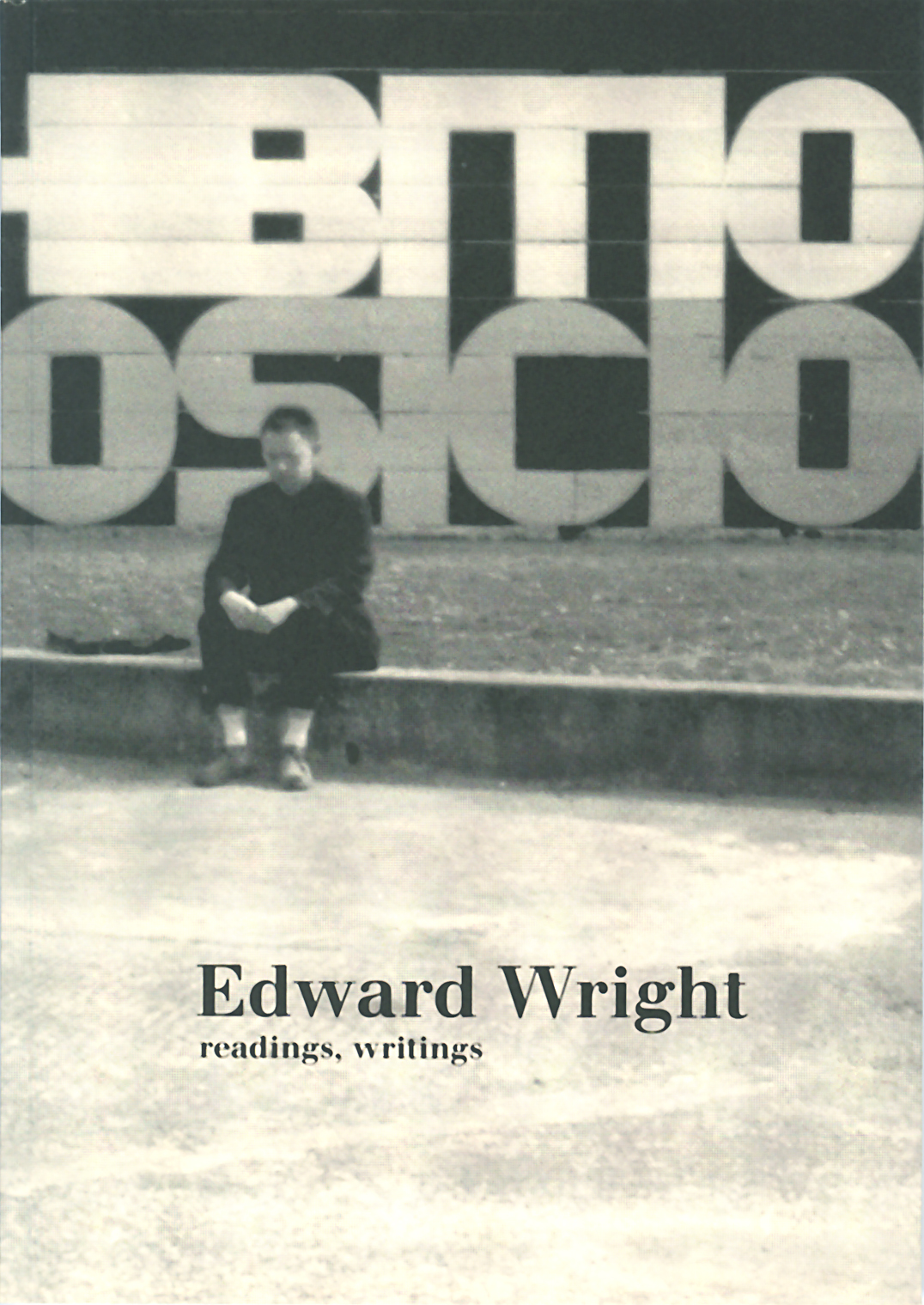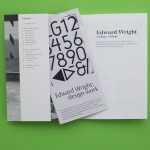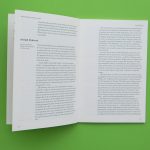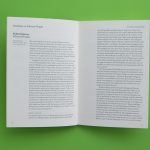Born to South American parents, British citizen, cosmopolitan at heart, Edward Wright – painter and object-maker, typographer, writer, teacher – was an enigmatic presence in London’s post-War art and design scene. Wright has been described thus: ‘His subjects: human communication, the mundane, the street. His manner: sparing, self-critical, yet the work had vigorous attack and full conviction. His typical method: assemblage, with what was to hand.’
Contents
Introductory note (by Paul Stiff)
Readings on Edward Wright
Robin Kinross
Joseph Rykwert
Dennis Bailey
Ken Garland
Michael Harrison
Trilokesh Mukerjee
Theo Crosby
Writings by Edward Wright
The painter
Conversation, handwriting and the poster
The essential book
The elm tree
A biographical outline
Bibliography
Synopsis
The book, published by the University of Reading, is not an exhibition catalogue. It was planned, instead, as a companion to the exhibition. It brings back into circulation some forgotten texts written about Edward Wright by contemporaries – collaborators, students, and critics. It republishes an important handful of Wright’s own writings from diverse sources. The book ends with two very useful listings: a biographical outline of Edward Wright and a bibliography of writings about and by him.
An exhibition of Wright’s design work was held from January until May 2007 at the Department of Typography & Graphic Communication University of Reading, accompanied by this publication of Edward Wright: readings, writings and emerges from a research project funded by the Arts & Humanities Research Council, entitled The optimism of modernity: recovering modern reasoning in typography.
Reviews
As a teacher, Wright worked at the Central School, the Royal College of Art, and at Chelsea, and his pupils included Ken Garland, Derek Birdsall, Colin Forbes, Alan Fletcher, as well as Germano Facetti, the cultural historian Joseph Rykwert, and the architect Theo Crosby.
Garland, Rykwert and Crosby are among those whose writing is reproduced in the publication accompanying the exhibit, which is not a document of the show but an unassuming collection of written pieces by and about Wright, with a scholarly bibliography and lists of work at the end. This small booklet anchors what is an engaging exhibit in its origins as part of a research project (‘The optimism of modernity: recovering modern reasoning in typography’) in the Department of Typography at Reading.
Katherine Gillieson, Eye, no. 63, 2007




